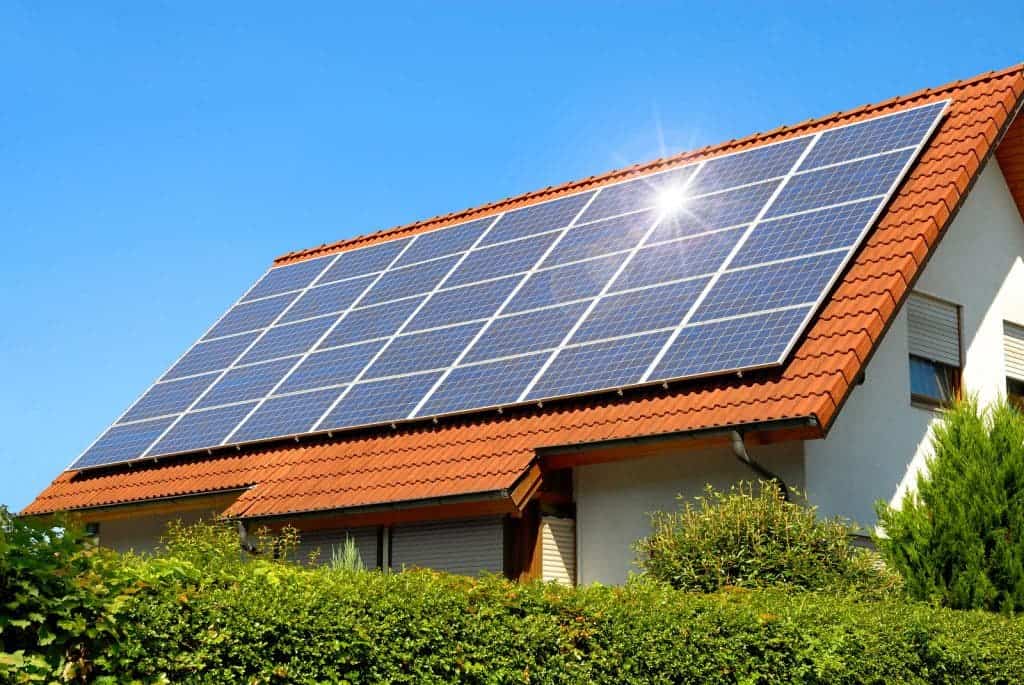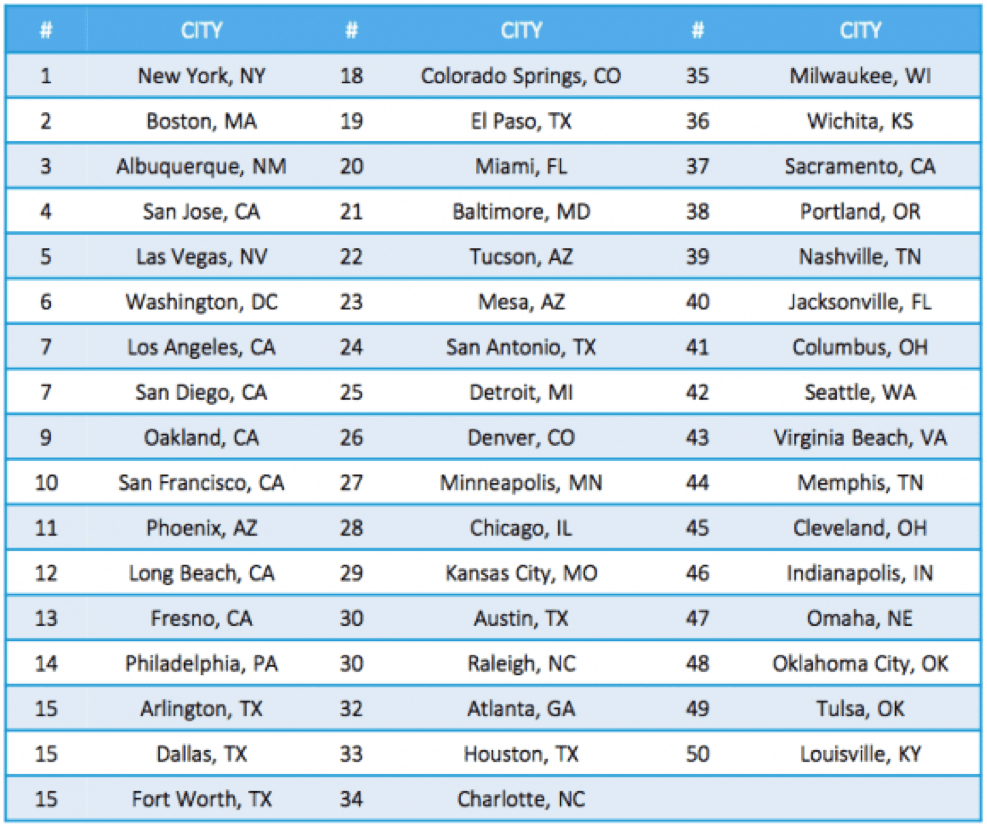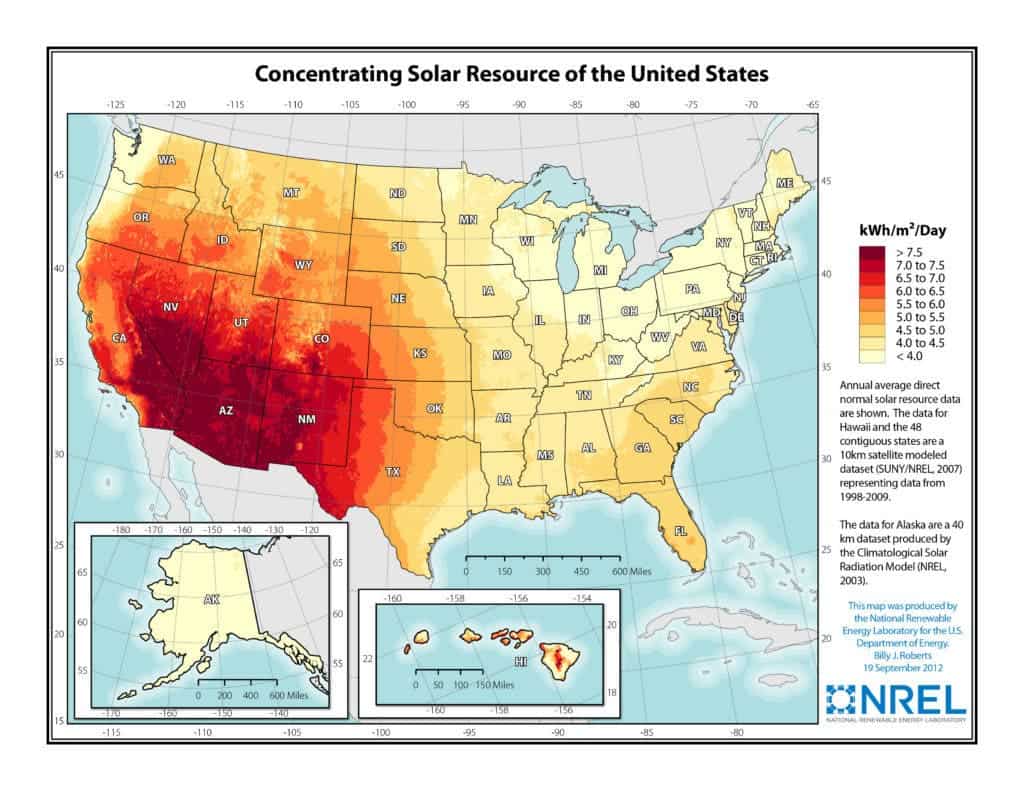
Using solar energy to meet your power demands doesn’t just make you more environmentally friendly — in many parts of the world, it may actually save you money as well. It’s a win-win situation, but only if you’re in it for the long run. Of course, the viability also depends on where you live, since how much energy your panels can harvest and consequently save you money depends on constantly changing factors such as time of day, season, and weather, as well as geographical factors such as climate and latitude.
With this in mind, consider the pros and cons of solar energy before making a purchase.
| Pros of Solar Energy | Cons of Solar Energy |
|---|---|
| Renewable energy source | Initial cost can be high |
| Reduces reliance on fossil fuels | Dependent on weather conditions |
| Low maintenance costs | May not be suitable for all locations |
| Reduces greenhouse gas emissions | Intermittent energy source |
| Can be used for remote locations | Requires backup storage for intermittent energy |
| Increases energy independence | Requires clear, unobstructed access to sunlight |
Pro: Solar is Renewable and Clean Energy
Solar power systems still generate some emissions and pollution during their manufacturing process. However, during their operation, solar panels do not generate additional greenhouse gases that warm the atmosphere. Once your solar power system is set up, you can live comfortably knowing that your home isn’t making a negative impact on the environment. This means that overall, solar is a much cleaner alternative to conventional sources of energy.
Solar power is also renewable, meaning it will never run out. Fossil fuels like coal and oil, on the other hand, are depletable. In the case of oil, at least, experts forecast it will run out in a couple of decades. By hopping over to solar, you’re hastening society’s transition towards renewable energy.
Pro: You Can Save a Lot of Money
Did you know rooftop solar panels are up to 79% cheaper than they were in 2010? It’s in fact, the cheapest electricity in history, according to the International Energy Agency. Furthermore, when you use solar energy, you rely less on utilities to give you electricity. Consequently, your monthly bills go down, and you can even earn a credit on your statement. Electricity companies also pay customers for using panels for the extra energy they don’t use in a month, so you make money (in some places, at least).
According to a report by the North Carolina Clean Energy Technology Center, backed by the SunShot Initiative, a fully financed solar PV system costs less than the energy purchased from a residential customer’s local utility in 42 of the 50 largest cities in the United States.

Pro: Improves the Value of Your Home
According to recent studies, a property’s value increases after solar is installed, as many people would love to move into a solar-powered home without actually going through the hassle of installing a solar power system. Knowing this, it’s a lot easier to make the decision of investing in solar knowing that you can actually turn a profit if you choose to move to a different town.
Pro: It’s Easy to Scale
Solar energy is also easy to scale, as it can be used on a small scale to power a single home or on a larger scale to power entire communities. That’s because solar panels are modular, and you can simply add more if your energy needs increase as long as you have enough space to fit them.
Pro: They’re Quieter than a Heartbeat
Solar panels make no noise whatsoever since they don’t contain any moving parts unless you order a PV array with a rotational axis that follows the sun throughout the daytime. Even then, however, the noise and nuisance are barely noticeable.
Another alternative energy source, wind turbines, might make noise because it is like a large fan blowing in your backyard. This is partly the reason why wind turbines are mostly located near farms or other remote locations because there aren’t many residents nearby to complain about the noise.
Pro: Solar Energy is Accessible in Remote Areas
The cost of installing and maintaining solar energy panels is high in the beginning, but for areas that aren’t able to receive electricity through the grid, adding these can be a huge benefit. Some areas are remote and off the grid, so electric companies cannot add a grid matrix to install electricity. These areas use solar power so they might use devices such as a microwave, washers and dryers, and the Internet. In some states, it’s debatable whether or not solar can beat the grid in terms of cost, but as far as remote off-grid locations are concerned, solar almost always beats a diesel or gas-fired generator.
Con: They May be Expensive to Install
While you save money by using less electricity, you spend a lot of money upfront buying solar panels. The bigger your energy needs, the more your upfront cost is, and you can spend tens of thousands of dollars. The government can give you credits for adding solar panels though or finance your installation. And some providers are actually offering interesting ways to fund your PV installation such as paying in installments, so you don’t need to invest a massive initial capital to get going.
Depending on where you live and your payment plan, your energy savings could equal your monthly payment. Also, thanks to advances in energy conversion and manufacturing, solar panels are cheaper than ever. According to Lawrence Berkeley National Laboratory, the median cost of a residential solar project fell from $12 per watt in 1998 to $4.70 per watt in 2013. In 2022, most homeowners are paying between $2.60 and $3.20 per watt to install solar. As you can see, solar energy is becoming cheaper year after year.
Considering average prices in the U.S., a 6 kW (6,000 watts) solar system costs in the range of $13,000 to $15,000 (without tax credits). The best rates are found in states like Arizona, Nevada, Florida, and Delaware (up to $7,000 for a 6kW system with federal tax credits included), while the worst prices are in Indiana, Minnesota, and Rhode Island (up to $9,000 for a 6kW system with federal tax credits included).
For commercial solar panel installation, you’re likely to spend $50,000 – $100,000 for small to medium businesses, and $200,000 – $500,000 for medium to large enterprises, with the 26% federal tax credit included.
Con: It Might Not Work so Well in Your Area
Areas closer to the equator have far greater potential for producing solar electricity than those closer to the poles, and areas with consistent sun have greater solar potential than areas that are frequently overcast. Luckily, most of the United States has great potential for solar energy, as you can see in this map of global solar radiation from the United Nations Environment Programme. For the absolute best solar resources in the United States, think southwest.
New Mexico and Arizona are red-hot with solar potential, as are California, Nevada, Texas, Utah, and Colorado, which also have large areas highly favorable for PV development. If you live in one of these states, consider this point as a “pro” on your checklist. Also, another point you should consider is air pollution.
Using solar power, you disconnect from the grid, thus generating less demand which is generally met by coal power plants. In effect, this ultimately reduces pollution. But if you’re living in a polluted area in the first place, you’ll experience poorer performance than otherwise because particle matter spewed by power plants combines with compounds in the atmosphere to form haze and smog. These greatly reduce the amount of available sunlight by blocking the sun. In 1985, physicist Atsumu Ohmura discovered that the amount of sunshine on Earth had dimmed by 10% between the 1960′s and 1980′s. In addition, over the past 50 years, the average sunlight reduction was 3% per decade.
Con: Your roof might not be big enough
The more energy you use, the more space is required in order to host more solar panels. Solar panels are great because you can install them on your home’s rooftop, without the need for any additional space (apart from the batteries in a garage, for instance). However, if you’re really burning a lot of energy, the rooftop might not be enough.
Solar panels need a large area in order to generate a significant amount of electricity. This can be a problem for homeowners or businesses with limited space, as it may not be possible to install enough panels to meet their energy needs. The average solar installation will require between 280 and 350 square feet of roof space, so bear that in mind.
Con: It’s Weather Dependent
Solar panels work during cloudy and rainy days but their efficiency drops significantly. Just a few cloudy or rainy days could have a noticeable effect on your energy bill’s bottom line. Most importantly, solar energy cannot be collected during the night, which forces you to install batteries to store energy if you want to be completely off the grid. This means that solar energy may not be a reliable source of electricity in some parts of the world, particularly in areas with long, cloudy winters.
Con: Storing Solar Energy Costs a Lot (for now)
You use solar energy during the night hours thanks to batteries charged during the day. These batteries run from a few hundred dollars to over $1,500 and weigh from 60 to 420 pounds. You also require a place to store them that will not get wet and damage the battery, as well as buy accessories such as a cord and replaceable cells, which you’ll have to replace every 15 to 20 years.
It’s worth noting that battery systems for storing solar power are still a relatively new technology, and prices are likely to continue to decline as the technology becomes more widespread and cost-effective. Some states offer incentives or rebates for homeowners who install solar battery systems, which can also help offset the cost.



